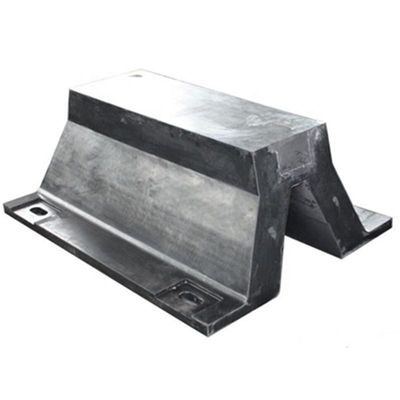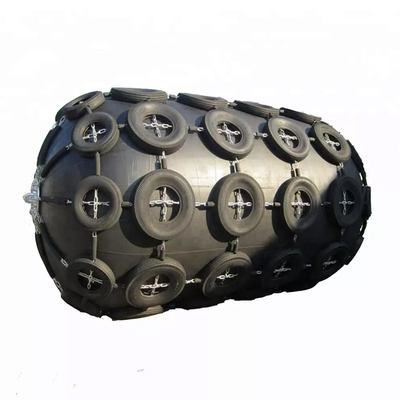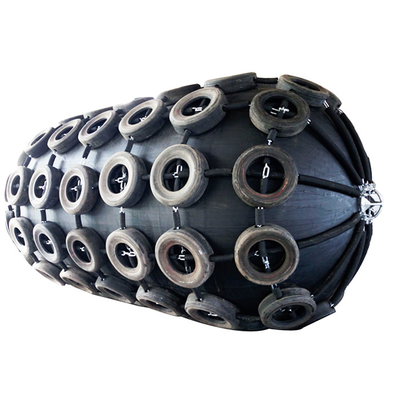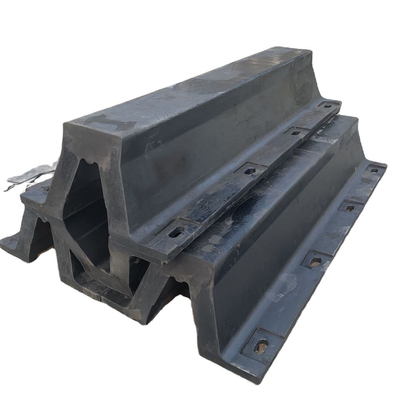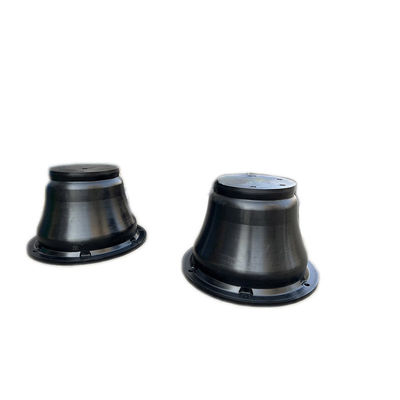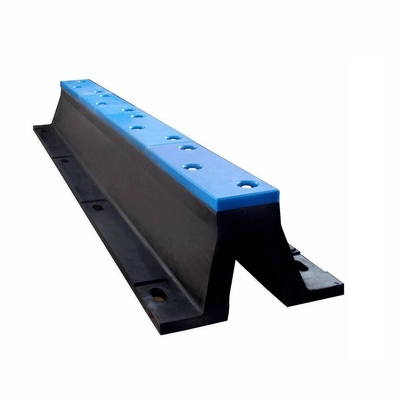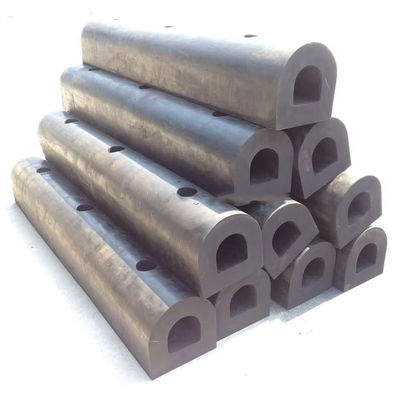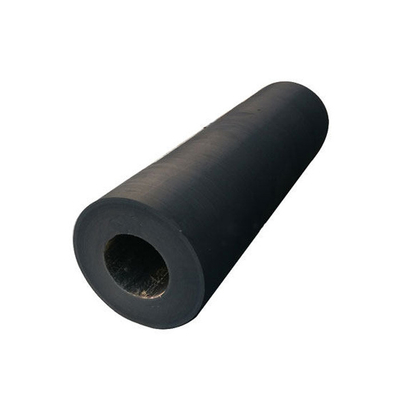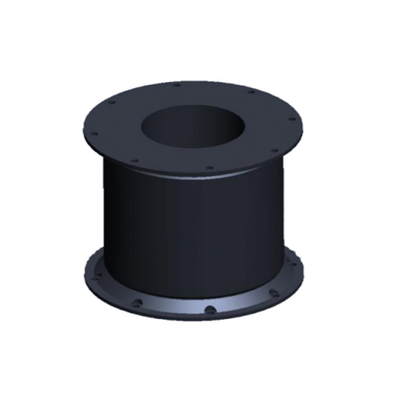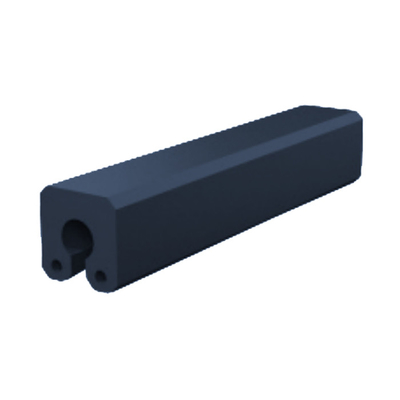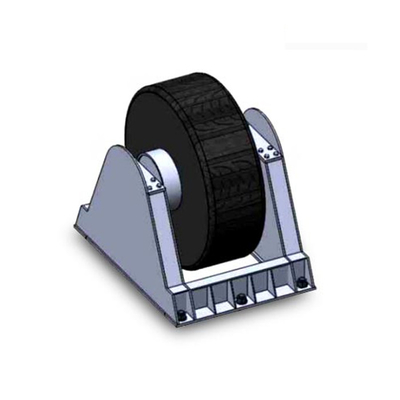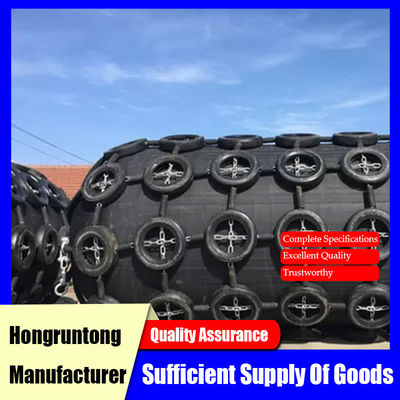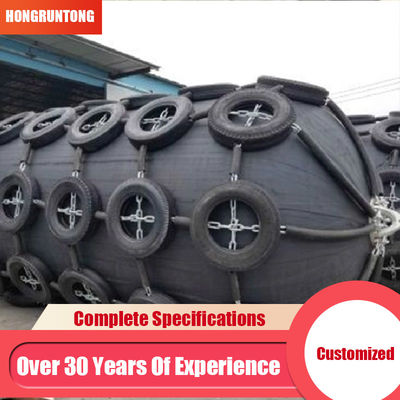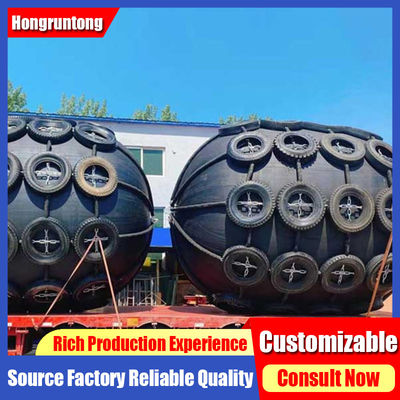Superior Energy Absorption Efficiency
The Yokohama fender provides one of the highest energy absorption-to-reaction force ratios available in marine fender systems. The compressed air inside acts as a uniform cushion that compresses progressively under load, dissipating kinetic energy effectively while minimizing impact pressure on both vessel and berth surfaces.
High Strength Reinforced Fabric Layers
Each fender features multiple layers of tire-cord fabric and high-tensile synthetic fibers embedded in durable rubber. This composite reinforcement structure resists tearing, fatigue, and deformation under repeated compression cycles, ensuring stability and structural endurance even under continuous heavy berthing conditions.
Weather and Environmental Resistance
The external rubber layer is resistant to ultraviolet radiation, seawater, oil, and ozone exposure. This ensures long-term elasticity and prevents surface cracking or degradation, even under extreme sunlight, humidity, or saltwater environments. Hongruntong’s proprietary compound formula guarantees excellent resilience in both tropical and cold climate zones.
Modular and Easy Handling Design
Lightweight and flexible, the pneumatic fender can be deployed, inflated, or relocated quickly without specialized tools. Chain-tire nets, rope slings, and customized end fittings allow rapid connection to vessel or dock structures. Simple inflation systems enable operators to adjust internal pressure for specific berthing energy requirements, ensuring operational efficiency and adaptability.
Applications
Military and Defense Harbors
Used for naval vessels, submarines, and support ships requiring precise docking and soft impact control to protect sensitive hull coatings and onboard systems.
Commercial Port Terminals
Ideal for cargo ships, ferries, and bulk carriers requiring high energy absorption with minimal maintenance cost.
Shipyards and Repair Facilities
Protects hulls during construction, inspection, and repair work, preventing direct metal contact and minimizing re-coating requirements.
Why Choose Hongruntong Marine
Proven Manufacturing Heritage
With over two decades of marine engineering experience, Hongruntong Marine has established a reputation for producing ISO 17357-compliant Yokohama-type pneumatic fenders trusted by ports and ship operators worldwide. Our production facilities utilize advanced molding, vulcanization, and curing systems to ensure uniform wall thickness and airtight integrity.
Precision Testing and Global Compliance
Each fender undergoes multiple quality checks, including hydrostatic burst tests, fatigue endurance, airtightness inspection, and dimensional verification. These procedures ensure the fenders deliver consistent performance across thousands of berthing cycles, meeting international marine standards for safety and reliability.
Engineering Adaptability and Customization
Hongruntong offers engineering customization to suit vessel type, berthing angle, and environmental conditions. Clients can select from chain-tire-net or sling types, adjust pressure ratings, and specify end hardware. Advanced computer modeling is used to simulate berthing energy absorption and optimize fender placement.
End to End Customer Support
From design consultation and delivery to installation and lifecycle maintenance, Hongruntong Marine provides full technical support. Our global network ensures rapid spare parts delivery, field inspections, and repair services, minimizing downtime and maximizing return on investment for every port operation.
FAQ
1. What is the standard operating pressure for Yokohama fenders?
Most are designed for 50 kPa or 80 kPa internal pressure depending on vessel size and impact requirements.
2. Are fenders suitable for cold regions?
Yes. They remain flexible and functional at temperatures as low as -50 °C without losing elasticity or causing surface cracking.
3. How can I determine the right fender size?
Hongruntong provides customized engineering calculations based on vessel displacement, berthing energy, and quay geometry.
4. Do Yokohama fenders need external protection?
Optional chain-tire nets or protective sleeves can be added to prevent abrasion and prolong service life.
5. What certifications do Hongruntong fenders carry?
All products conform to ISO 17357, CCS, BV, and ABS classification society standards for marine fender systems.






 Ваше сообщение должно содержать от 20 до 3000 символов!
Ваше сообщение должно содержать от 20 до 3000 символов! Пожалуйста, проверьте свою электронную почту!
Пожалуйста, проверьте свою электронную почту!  Ваше сообщение должно содержать от 20 до 3000 символов!
Ваше сообщение должно содержать от 20 до 3000 символов! Пожалуйста, проверьте свою электронную почту!
Пожалуйста, проверьте свою электронную почту! 
